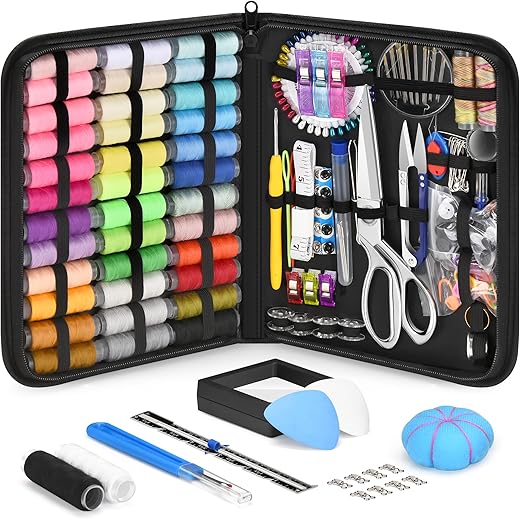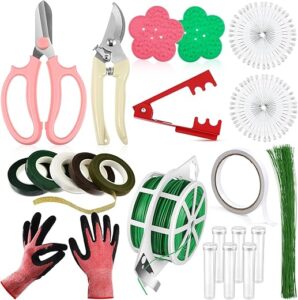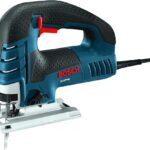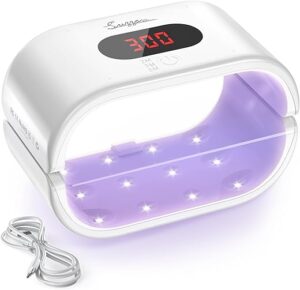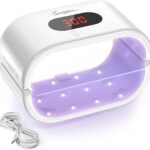Tiny tins, big fixes — which compact kit will turn your students into sewing superheroes?
Sewing saves the day. I’ve watched a broken button or a runaway hem derail a project faster than you can say ‘scissors’. Short on time, space, or patience? The right compact kit changes everything.
Top Picks


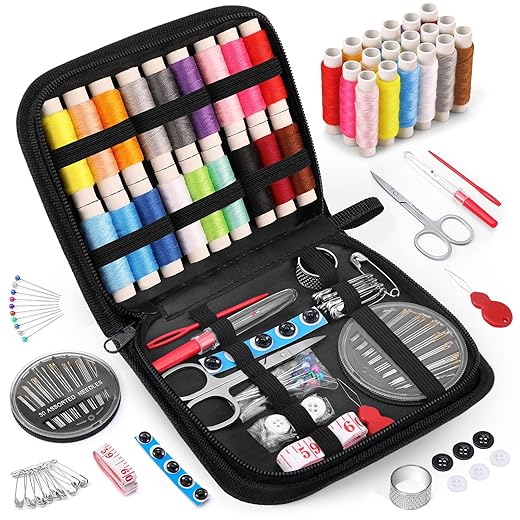

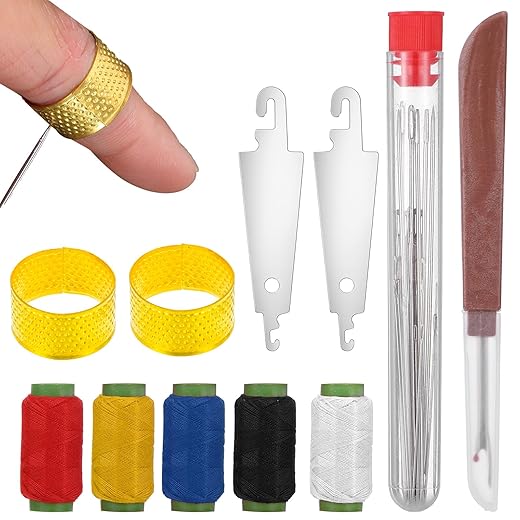
Baryfokwo 242-Piece Professional Travel Sewing Kit
This kit is loaded with tools beyond the basics, including heavy-duty fabric scissors and specialty items that are genuinely useful for more involved repairs. It’s my pick when I want one organized kit to handle a wide variety of classroom and home tasks.
What sets this kit apart
I like that this kit doesn’t just assume you’ll be repairing a loose button. It includes heavy-duty fabric scissors, a T-shaped sewing gauge, tailor’s chalk, and a wide color range of thread — items that let you do more precise mending and small craft projects. For a crafting class, it’s the kit I reach for when I want to demonstrate a range of techniques.
How I use it in practice
Because it contains both basics and specialty tools, I use this kit when I need to teach or perform a variety of repairs: reinforcing seams on canvas bags, shortening straps, or doing quick costume fixes. The heavy-duty scissors make a real difference when cutting thicker fabrics during demonstrations.
Practical notes and classroom suggestions
If you supply kits for a class, this one gives students the flexibility to try several techniques without running to a supply bin. A few points to keep in mind:
Overall, I consider this an excellent all-in-one kit for makers who want to be prepared for almost any small sewing job — a strong classroom companion for more advanced beginner to intermediate students.
Fiskars 27-Piece Travel Sewing Set
I find this kit perfect for on-the-go mending — it’s smartly organized and includes a genuinely useful pair of folding scissors. The kit covers common emergencies without taking up space in a bag or glovebox.
Why I like it
I keep this in my travel bag and glove box because it solves the 90% of sewing emergencies I actually encounter: popped buttons, small tears, and loose hems. The folding stainless-steel scissors are the standout — they’re sharp enough for thread and thin fabric and fold flat so the whole kit stays compact.
What it’s best for
This is a classic emergency-and-travel kit. If you need something to carry to classes, workshops, or trips where you might need to fix costumes, props, or garments quickly, this is my top pick. It’s also a great “first kit” to hand to a beginner so they can learn basic stitches without buying individual supplies.
Limitations and practical tips
The included thread is fine for quick fixes but won’t replace full spools if you do a lot of crafting. Needles and the needle threader are tiny; I often swap in a larger needle or my own thread for more comfortable hand-sewing. A few tips I use:
Overall, I recommend this as a compact, reliable kit for craft classes where portability matters. It’s not a replacement for a full sewing box, but it solves the common emergencies elegantly and cheaply.
Coquimbo Portable Sewing Kit for Beginners
This kit is a handy, budget-friendly option that covers most beginner and emergency needs with an organized layout. It’s a cheerful choice for gifting or keeping in a dorm bag, though expect smaller thread amounts and mixed component quality.
What it contains and why I recommend it
I appreciate this kit for its balance of price and practicality. It includes everything a beginner crafter or traveler needs for common repairs: multiple thread colors, needles, scissors, a seam ripper, thimbles, buttons, and a sturdy needle threader. The zippered case with elastic keeps tools tidy and easy to access.
Practical uses and classroom fit
This is a good pick for craft classes where you want students to have a complete starter kit without a big investment. It’s portable enough for field trips and small workshops, and the decorative designs help students keep track of their kit. I like recommending it as a second kit for gifting or as a beginner’s hand-sewing kit.
Limitations and tips from use
The kit is not meant for heavy or sustained sewing — the threads are short and some tools are basic. I advise keeping spare thread spools in the classroom and checking incoming kits for missing parts when buying multiples. A few classroom tips:
In short, I like this as a cheerful, practical starter kit for beginners and gift-giving, with the caveat that you should plan to supplement it for regular class use.
AHQiZFX 40-Pack Mini Travel Kits
If you need multiple compact kits for a class, event, or classroom goody bag, this 40-pack is hard to beat for the price and convenience. Each mini kit covers basic emergencies, though the tiny cases and supplies are geared to short-term fixes rather than long projects.
Why this is useful for craft classes
I bought a set to supply my beginner sewing workshops and liked the convenience: each student gets a ready-to-go mini kit with needles, a few thread colors, tiny scissors, and pins. The bright colors make it easy for students to spot and personalize their kit.
Practical classroom tips and projects
These are perfect as starter kits handed out at the start of a short workshop (button sewing, simple hem repairs, or doll-clothing projects). I use them for quick pair-and-practice exercises where students practice a running stitch or sew on a button over a 15–20 minute activity.
Limitations and how to work around them
The trade-off for price and quantity is durability. For repeated class use, expect to replace or supplement parts. My approach is to give each student one mini kit plus a shared supply box with quality scissors, extra thread spools, and replacement needles. A few practical suggestions:
Overall, I recommend this pack when you need economical, giftable kits for groups. They’re not premium, but they’re extremely practical for introductory lessons and distribution to many students.
MBAIYO 37-Piece Needle and Thread Kit
This kit is focused on hand-sewing essentials and excels at giving you quality needles and threading tools in a compact format. It’s particularly useful if you do a lot of handwork that requires different needle sizes and a seam ripper.
Who this kit suits
I recommend this set when you want a compact, needle-focused kit for hand-sewing and precision tasks. The 25 steel needles across five sizes are the highlight — they’re sturdy for general mending, embroidery backstitch practice, and small tailoring adjustments.
Practical classroom and craft uses
I reach for this kit when teaching precise hand stitches (catch stitch, slipstitch, or darning) because the variety of needle sizes lets students try different techniques. The seam ripper and threaders make demonstrations much smoother and reduce frustration for beginners.
Limits and tips from experience
A buyer review noted needles sometimes leave a larger hole in certain fabrics, so I recommend testing the needle size on a scrap before working on delicate materials. Also, the thread spools are short — keep spare full-size spools on hand for class projects. A couple of practical tips:
This kit is an efficient, portable choice when hand-sewing finesse matters more than a giant parts inventory.
Final Thoughts
I recommend two clear winners depending on your classroom role. For a teacher who wants one well-organized, do-everything kit that can handle demos, repairs, and a range of student needs, I reach for the Baryfokwo 242-Piece Professional Travel Sewing Kit — it’s the most complete kit for serious mending and keeps everything organized when I move between tables.
If you need multiple student-ready kits for a class, event, or goody bags, choose the AHQiZFX 40-Pack Mini Travel Kits. They’re inexpensive, uniform, and perfect for handing out when I want each student to have a basic emergency kit for quick fixes and simple handwork.
Sewing Kit Guide for Craft Classes
I’ve taught dozens of workshops and tested these compact kits in real classroom scenarios. Here’s how I make them work, what I add, and how I decide which kit to use.
What I look for in a classroom kit
Quick comparison
| Kit | Best for | Classroom role |
|---|---|---|
| Baryfokwo 242-Piece | Teacher’s main kit | Demo, repairs, multi-tool needs |
| Fiskars 27-Piece | Travel & demos | On-the-go mending, field trips |
| Coquimbo Portable | Budget-friendly gift | Spare kit, beginner use |
| AHQiZFX 40-Pack | Bulk classroom supply | One per student for basics |
| MBAIYO 37-Piece | Hand-sewing precision | Needle work, detailed hand projects |
Practical setup and restocking tips
I create two levels of kits in my classroom:
I perform a quick inventory after each session and mark low items on a running list. A small mason jar with common extras (needles, pins, spare buttons) next to the work area saves the day between classes.
Safety and classroom management
Project ideas and kit-based activities
Using these compact kits, I keep my classroom nimble, reduce downtime, and give students real practice with tools they’ll use outside class. Small investments in the right kit setup pay off in smoother lessons and more confident crafters.
FAQ
I usually give one kit per student for short courses or single workshops. For semester-long classes, I give one full kit to the teacher (Baryfokwo) and smaller individual kits (AHQiZFX or Coquimbo) for each student to share or keep.
Most compact kits include small scissors and needles. I supervise closely with elementary groups and either remove sharp items or use teacher-only tools for cutting. For middle school and up, the Fiskars set is great because its folding scissors are safer and easy to control.
I top up kits with a few extras: a couple of spare needles in different sizes, a small spool of neutral thread (black/white/beige), fabric-safe glue stick, a mini measuring tape, and extra safety pins. These small additions turn a travel kit into a classroom workhorse.
The Baryfokwo kit can handle more involved repairs and small projects thanks to heavier-duty scissors and specialty tools. Most others (Coquimbo, MBAIYO, AHQiZFX) are built for quick fixes and handwork rather than long machine-based projects.
I keep a labeled bin or drawer near the worktable. After each class I check commonly used items (pins, needles, thread) and refill a ‘class stash’ so students can swap in fresh supplies. A simple checklist taped inside the kit lid speeds restocking.


